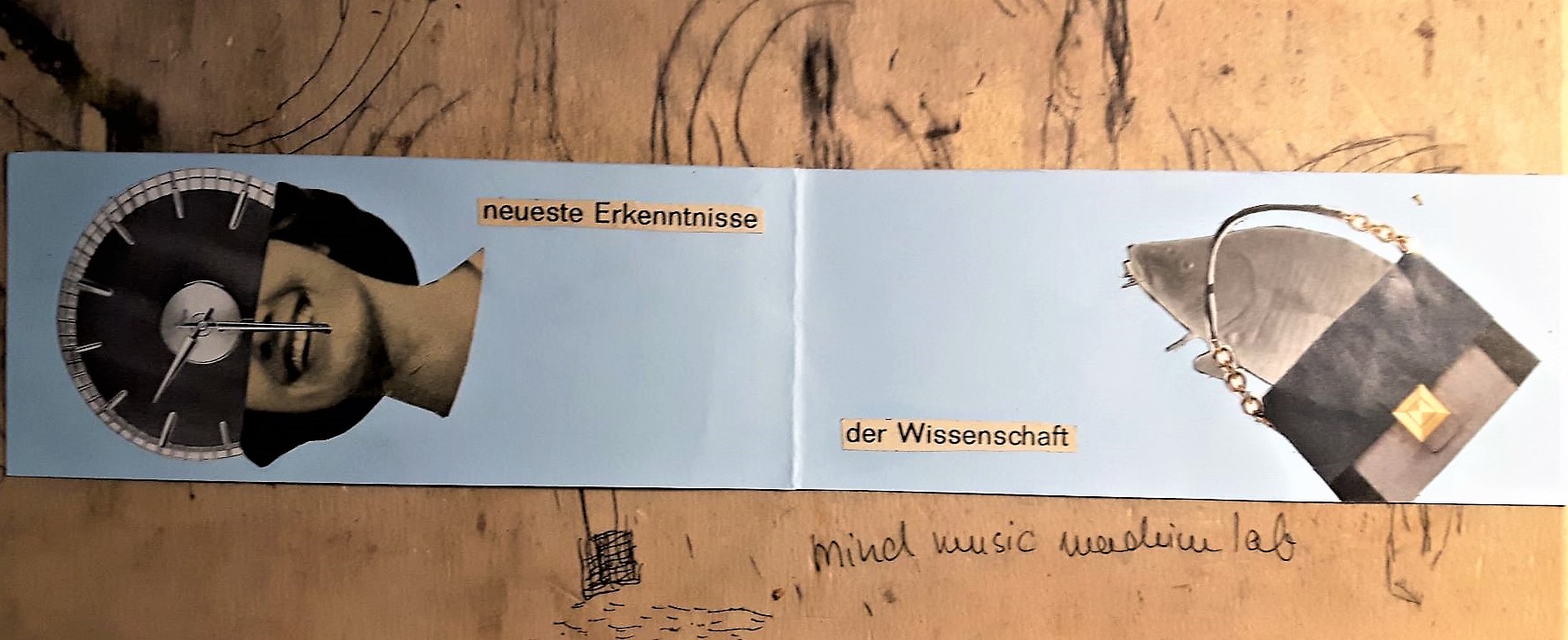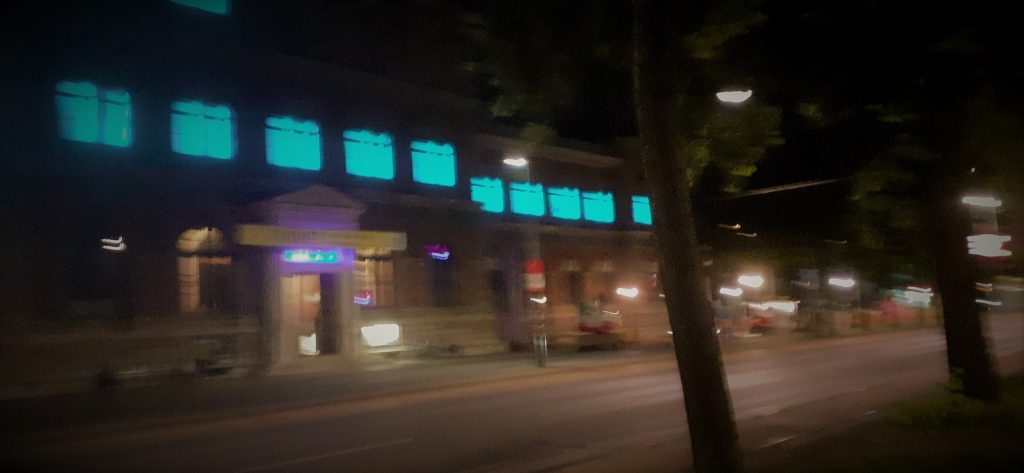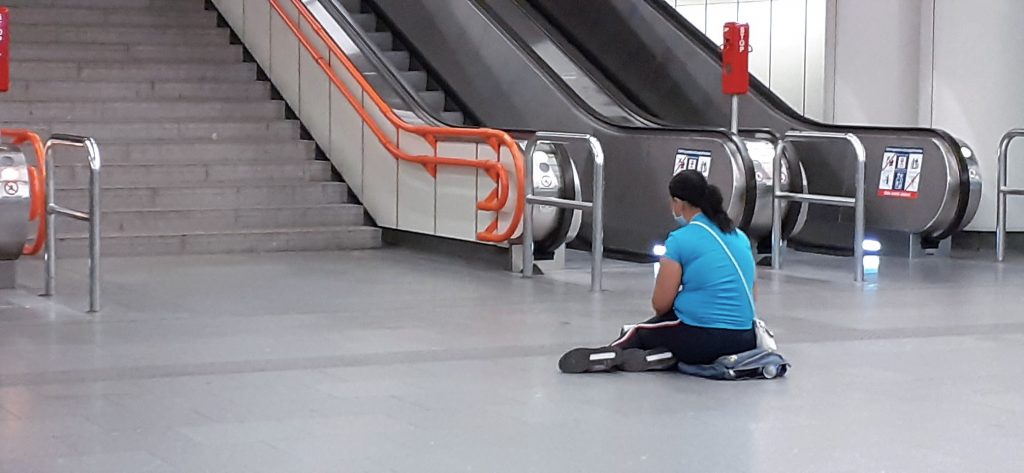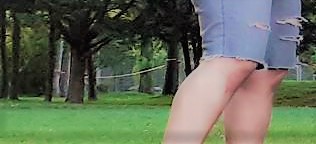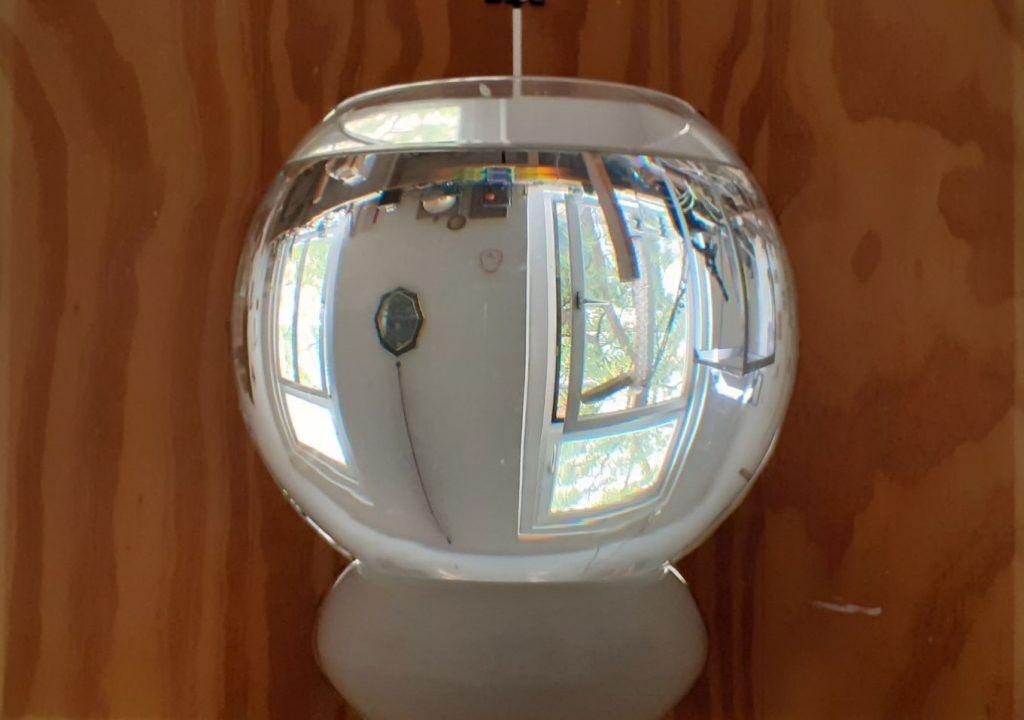
”Die Vorstellung, dass es einen leeren Raum, eine leere Bühne gibt, auf der die Materie oder die Welt als Etwas erscheint, musste also korrigiert werden: Die Welt bildet ein zusammenängendes Ganzes, denn kein Raum kann ganz leer sein und keinen kann Materie ganz füllen. Materie und leerer Raum gehen ohne feste Grenzen ineinander über.”
Nowotny, Helga in: science + fiction. Zwischen Nanowelt und globaler Kultur. Iglhaut, Stefan, Spring, Thomas (eds.). jovis, Berlin, 2003. p. 33
The idea that there is an empty space, an empty stage, on which matter or the world appears as something, had to be corrected: The world forms a connected whole, because no space can be completely empty and no matter can completely fill it . Matter and empty space merge without fixed boundaries.
